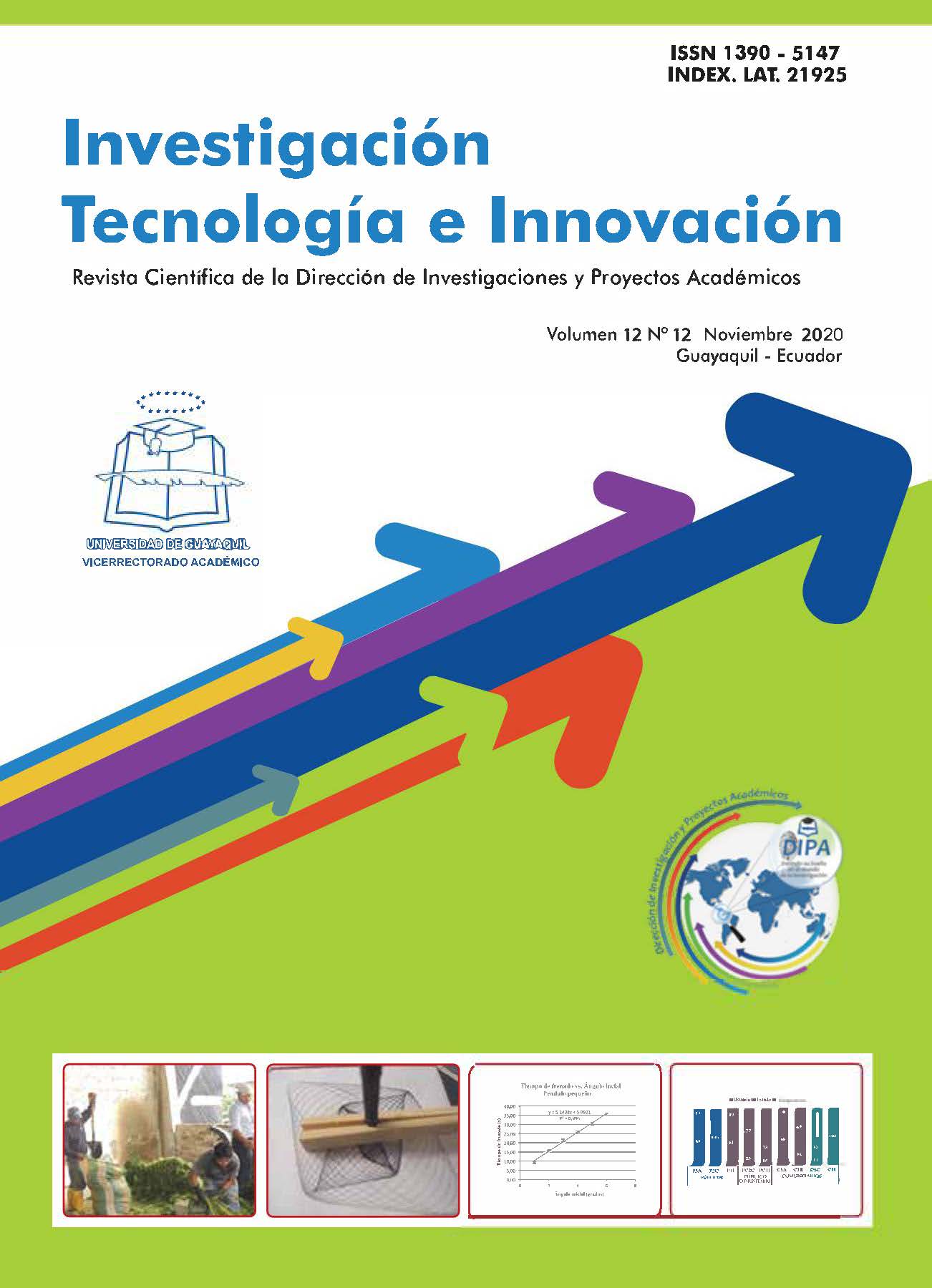Bivariate analysis of contingency tables to measure the relationship between sex and reasons for migration
DOI:
https://doi.org/10.53591/iti.v12i12.177Keywords:
Probability, migrant, contingency table, Language RAbstract
The objective of this study is to carry out an analysis about the reasons for determining the increase in foreign citizens in Ecuador, because in recent years there has been an increase in migrants in the country. For this, it has been considered to obtain the data from a database that was provided by the Institute of Statistics and Census (INEC), composed of about 7 million data, where a sample of 1 million records was obtained. With the help of a specialized and freely accessible programming algorithm for Statistical Analysis such as the R language, it was observed that there are variables that are directly related and allow us to know to what extent travelers tend to choose the country as an option for transfer, according to the analysis it has been noted that 50.06% of these foreigners enter and 49.93% leave the country and that one of the reasons why foreigners come to the country is for tourism.
References
R. García Zamora y P. Gainza, «Economía, migración y politíca migratoria en Sudamérica: Avances y desafíos», Migr. y Desarro., vol. 12, n.o 23, pp. 69-97, 2014.
J. A. G. Walteros, «La migración internacional: teorias y enfoques, una mirada actual», Semest. económico, vol. 13, n.o 26, pp. 81-99, 2010.
P. S. Gómez y D. S. Soria, «Concentración, dispersión y características sociodemográficas en la incorporación espacial de la migración peruana en la Ciudad de Córdoba, Argentina», Población y Salud en Mesoamérica, vol. 14, n.o 1, pp. 108-131, 2016.
L. J. CEVALLOS TORRES, N. A. VALENCIA MARTINEZ, y R. L. BARROS MORALES, «Análisis Estadístico Univariado». grupo Compás-Universidad de Guayaquil, 2017.
S. la Fuente-Fernández, «Aplicaciones de la Chi-cuadrado: Tablas de contigencias. Homogeneidad. Dependencia e independencia». Madrid: Universidad Autónoma de Madrid, 2016.
M. Mirabal Sosa, M. Robaina García, y R. Uranga Piña, «R: una herramienta poco difundida y muy útil para la investigación clínica», Rev. Cuba. Investig. Biomédicas, vol. 29, n.o 2, pp. 302-308, 2010.
J. L. De La Cruz-Oré, ?«` Qué significan los grados de libertad?», Rev. Peru. Epidemiol., vol. 17, n.o 2, pp. 1-6, 2013.
Downloads
Published
Issue
Section
License
Copyright (c) 2020 David Román, Roberto Placencio, Joel Delgado, Derian Arias

This work is licensed under a Creative Commons Attribution-NonCommercial 4.0 International License.






